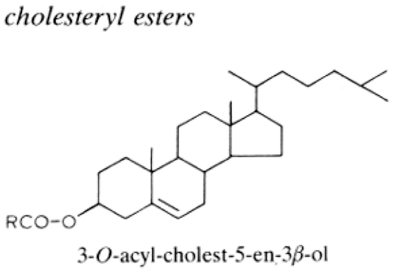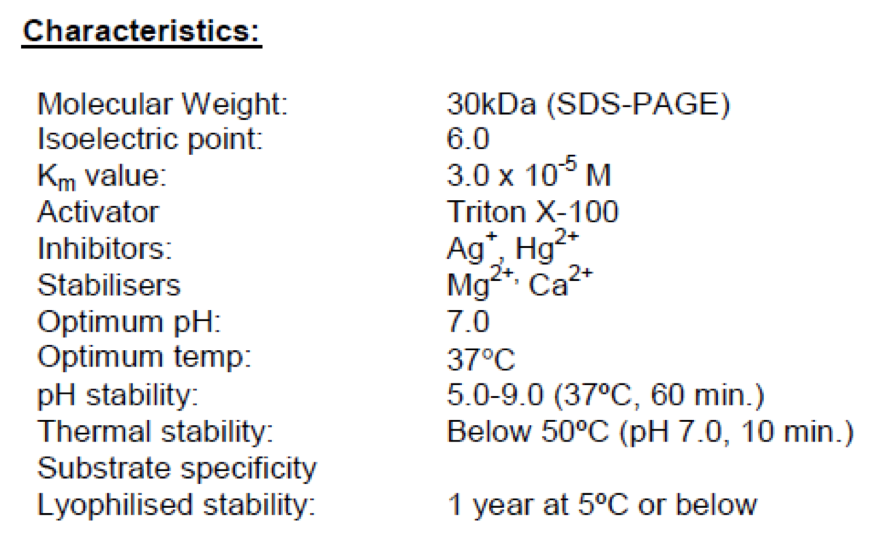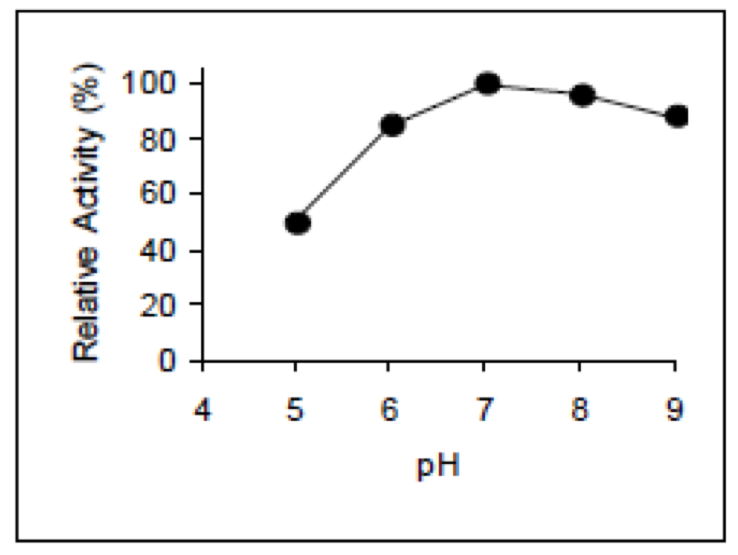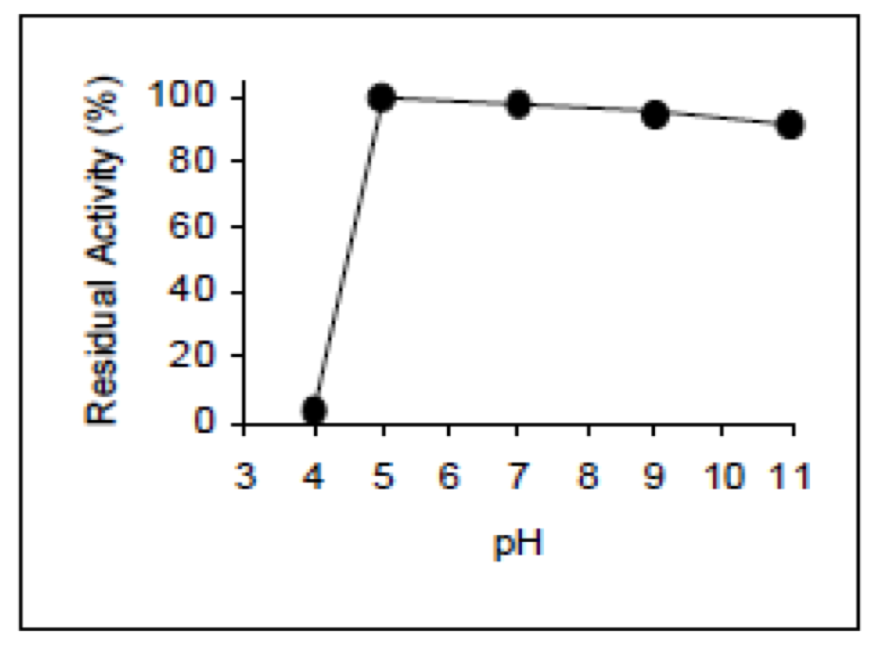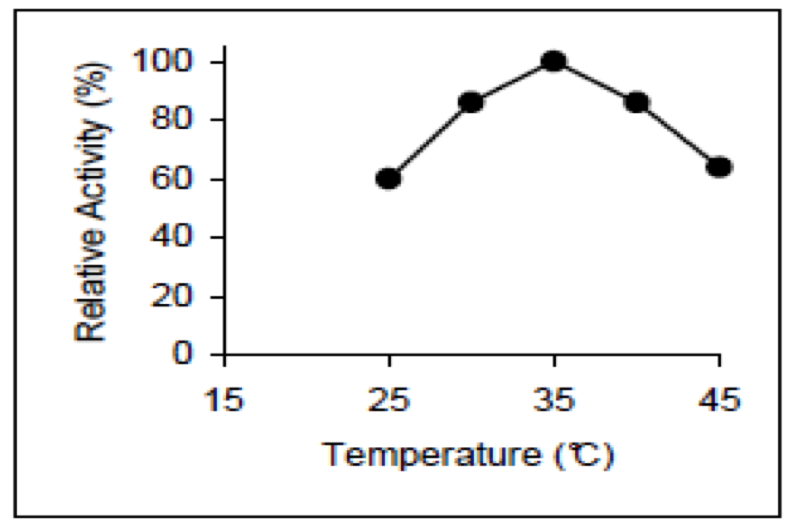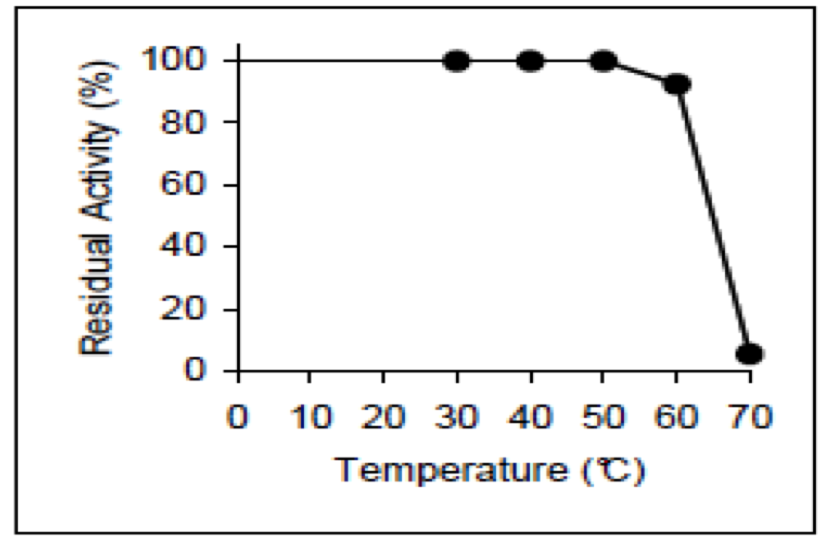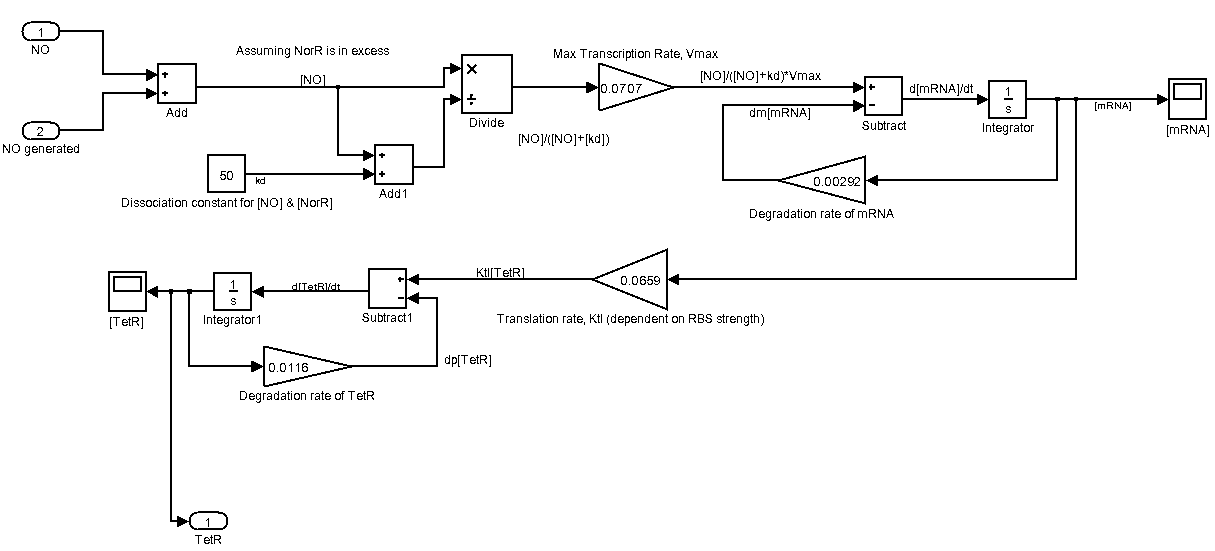Team:NTU-Singapore/Project/Prototype/Degrade
From 2009.igem.org
The Gunner
The Degradation will focus exclusively on breakdown of cholesteryl esters found in the lipid core.
As we have elaborated earlier in the Prototype Design section, this device consists of mainly a pTet-regulated sequence, with cholesteryl esterase (CHE) and LuxI as the major products.
Let us now see how exactly the device works.
Background
The thickening of an artery wall in atherosclerosis is mainly due to the build-up of fatty materials. Accumulation of cholesteryl esters (CEs) in macrophage foam cells is critical to atherosclerotic plaque formation. CEs are dehydrolyzed between the carboxylate group of a fatty acid and the hydroxyl group of cholesterol. They are less soluble in water than cholesterols, and form insoluble aggregates.
In order to alleviate the symptoms of shrinking blood vessel, and eventually cure atherosclerosis, CEs must be degraded and removed from the site of the plaque.
Previous works show that various cholesteryl ester hydrolases (CEHs) have been successfully cloned and expressed in both murine and human.
Further studies demonstrate that CEHs not only reduce high-fat, high-cholesterol diet-induced atherosclerotic lesion in mice significantly, but also eliminate CEs from macrophage foam cells in human.
So a prominent enzyme that can help degrade CEs should be incorporated in our system. Cholesteryl esterase (CHE), systematically known as steryl-ester acylhydrolase, is chosen to perform the crucial task because it is the prokaryotic homolog of CEH.
Mechanism
CHE catalyzes the hydration reactions of CEs into free cholesterol and fatty acids with high specificity.
Cholesteryl Ester + H2O → cholesterol + RCOOH
A device that could produce CHE is introduced to achieve the function of degrading and eliminating cholesteryl ester.
The gene is designed to work under the control of promoter pTet. pTet is a well-known promoter that is constitutively ON and repressed by TetR. TetR repression is inhibited by the addition of tetracycline or its analog, aTc.
Since TetR production is controlled by pNO, and it is suppressed at low NO concentration (indicating inflammatory condition at the atherosclerosis site), therefore the degrading device can be activated when NO concentration is low. With the proper working of pNO and pTet inverter, CHE synthesis can accomplish designed objectives with both temporal and spatial specificity.
More about Cholesteryl Esterase
The 936 base pairs CHE gene is obtained from Pseudomonas aeruginosa, who produces the extracellular enzyme naturally. CHE suits more with our E. coli model system for similar expression mechanisms employed between the two organisms.
Construct Design
CHE gene was synthesized by GeneArt in accordance with the standard of Registry of Standard Biological Parts. Ligations were carried out to get the testing and final construct in our system.
Parts that are related to the degrading device, and have been successfully constructed are :
- CHE
- RBS-CHE
- CHE-T
- RBS-CHE-T
- RBS-CHE-RBS-GFP-T
- pLux-RBS-CHE-T
- pLac-RBS-CHE-T
All the parts have been verified by running agarose gel electrophoresis of double digestion products as well as PCR products. Bands with correct sizes are observed.
Characteristic Equations
Transcription of CHE
We first assume that rate of mRNA production for both CHE gene sequence and LuxI gene sequence are equal.
Repressive transcription of CHE and LuxI are represented by the following equation :
Where Vtr is the maximum transcription rate in E.Coli, kd is the dissociation constant of TetR from pTet & dm is the average degradation rate of mRNA in E.Coli.
The central term is a fraction that describes the ratio of active pTet promoters (not being repressed by TetR) over the total number of pTet promoters, repressed and otherwise.
As you can infer, we have again assumed that transcription and degradation rates are maximum to calculate best-case efficiency.
Translation of CHE
Determining the [CHE] concentration is done by mathematically deducing the relationship between translation rate of mRNA and degradation rate of CHE.
Where Ktl is the translation rate of mRNA & dp is the degradation rate of CHE protein.
If we review these equations so far, with the appropriate constants changed, the same equations will also describe LuxI transcription and translation in this device.
Breakdown of CEs
Given that cholesteryl esters degrade to cholesterol & fatty acids, first we attribute rise in cholesterol concentration to CHE activity.
Where k3 is the activity rate of CHE enzyme, which we then define as Vmax2.
We can quantify the amount of cholesteryl esters digested (and the amount of cholesterol formed) by assuming that the resulting fatty acids are in a fixed stoichiometric ratio to broken down cholesterol.
Where k is the stoichiometric ratio of fatty acids per cholesterol molecule.
Modelling & Simulation
We make the following assumptions:
- Biological systems of transcription and translation are assumed to be linear and time-invariant.
- Concentration of the cholesteryl esters is assumed to be non-limiting.
- There is no time lag between CHE expression and enzymatic activity.
- Constant degradation rates for mRNA as well as protein.
By establishing equations to relate cholesteryl ester degradation to concentration of cholesterol and fatty acids, we can easily compare the modelling results to wet lab results using cholesterol assay kits.
The following is our Degradation represented as a Simulink system. Please click on it for a larger view.
Device Construction
Device Characterization
Literature / References
Please proceed here to view our full list of references.
 "
"
